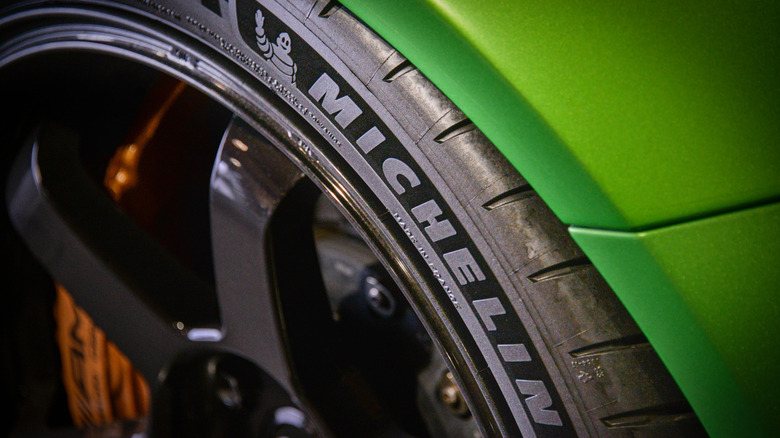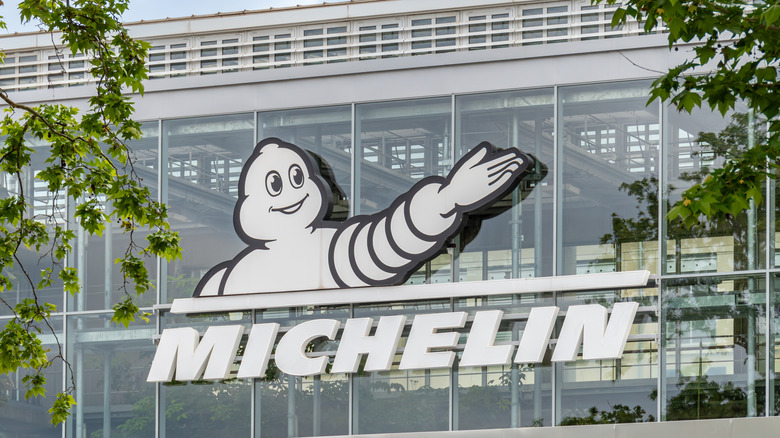Who Owns Michelin & Where Are Its Tires Made?
Today, Michelin is a publicly traded company held by individual and institutional investors from around the world. Its company headquarters are located in Clermont-Ferrand, France. But the origin story of Michelin as a company begins in 1889 with brothers Edouard and Andre Michelin, who took over a farm equipment company partly owned by their grandfather. They changed the company's name to Michelin & Cie and decided to focus on innovative rubber products. One of their first big products was a brake pad for horse-drawn carriages called "The Silent." Then in 1891, Edouard Michelin invented a detachable pneumatic tire that replaced glued-on tires, reducing tire-changing times from hours down to just 15 minutes. The company patented its detachable tire that same year. The Michelin Man, created from a pile of white tires instead of the modern standard black, became the company's mascot a few years later in 1898 and continues to represent the company to this day.
Other notable milestones in Michelin's history include being standard equipment on the first automobile to break the 100 km/h barrier in 1899 and the creation of the first Michelin Guide in 1900, branching the company off from tires to restaurants. The company also supported the war effort from 1914 through 1918, including the production of 2,000 airplanes in their factory. After the end of WWI, Michelin developed tires for railway cars, making rail travel much quieter. Michelin campaigned for better road signs and actually manufactured them for decades.
Where are Michelin's tires made?
Michelin's tires and rubber products are made in 121 different manufacturing facilities located around the world. The company also has nine R&D Centers worldwide and employs a total of 132,500 people across 26 countries.
In the U.S., Michelin North America has its headquarters in Greenville, South Carolina, from which it operates 36 facilities that produce tires, as well as other Michelin products. Michelin's tire production locations include Fort Wayne, Indiana (passenger car and light truck tires); Asheboro, North Carolina and Covington, Georgia (treads for retreading tires); Norwood, North Carolina (aircraft tires); Tuscaloosa, Alabama (passenger car and light truck tires); Spartanburg, South Carolina and Dothan, Alabama (truck tires); Lexington, South Carolina (passenger car tires, light truck tires, and the largest tires in the world); and Ardmore, Oklahoma (passenger car tires, closing by the end of 2025).

